It
is always desirable to have some perspective on connectivity in a hill area
prior to undertaking a journey. With this factor in mind, if one sees the
concrete bridge at Teesta Bazar(55 kms from Siliguri), one gets only partial
information relating to breaking of the vital links of Gangtok and Kalimpong
more than once with the rest of the country. Januki Chettri, a knowledgeable, affectionate
and talkative tea shop owner at the old Teesta Bazar since 1962 had some
experiences to share on the region as also life per se. Before I begin gulping fresh vegetable Momos made by her followed
by a cup of milkless and sugar free leaf tea, I am informed that upto 1968, an attractive concrete
bridge in the genre of the present Coronation bridge at Sevoke was in existence
till the devastating floods swept the same away. Some portions of same could be still seen near
the beautiful river bed on the Kalimpong side of the river.

It was nice to see the black & white snaps of all the three bridges along with scenic spots of the bygone era, including of the snowfall in Kalimpong in 1920, displayed prominently in Januki’s shop. The request to be taken note of was-‘photography of the photographs was not permitted’. The Foot Suspension Bridge (FSB), according to Januki, served the purpose as late as 22nd
June, 1996.The FSB was, nevertheless, hard
pressed due to its being narrow and weak. The perpetual landslides in the Lekhobir
region in the late Eighties and early Nineties would add to its burden. The
relocation of bridge had adversely affected the business of the petty shop
keepers initially according to her but lately with the rise in tourist inflow
to Kalimpong and Darjeeling, same had been compensated to a considerable
extent. Left to herself, she had no desire to supplement her income as she was
not only getting old day by day but was destined to leave this world some day.
It was the turn of her off-springs, therefore, to further improve upon and
build her business. A Sapoot (good boy/girl) would be always positive and
pro-active, while a Kapoot (bad child) would prove to be a liability , she adds
as I prepare to hit the road again to resume my journey up for Darjeeling
through Jorebungla.
The
narrow, steep road through the lush green forest reminds me of the
Jorethang-Zoom road in Sikkim. One gets a panoramic view of the blue
captivating colour of the Teesta river. After barely 3 kms, though we had not
planned, we have a brief halt at the –“Lovers Point”. One is blessed with a
ravishing view of the confluence point of Teesta and Rangeet, two major rivers
figuring in the local folk-lore time and again. Though the scenario is somewhat
hazy, there is no harm in capturing the beauty, as a number of soft-wares are
available nowadays to edit and improve upon the snaps.
Following
a steep drive of 8 kms, one sees the first Tea Garden next to a school with
bright yellow sunflowers of medium size giving company. Less of constructions
over here as compared to Sikkim looks more pleasing. After all, it could be
good for preserving the environment in the ultimate analysis. It is a bright,
sunny day and definitely less colder than my abode in Pine dominated locale of
Gangtok. While the gradient rises, less of water is seen flowing on the sides. Now
the attractive Marigolds are there to dominate the scenario on both the sides. A
couple of small and clean hamlets appear every now and then. While the women
are seen enjoying the sunshine, children are noticed rushing to schools in
their clean dresses. Tiny Chortens too appear on the fringes reminding one of
the Buddhist impact. Soon we notice red flowers on the highway against the
backdrop of another tea garden. A photo opportunity was not to be missed here.
By
the time it is 9 am and barely half of distance was found covered, we decide to
hurry up or else we would be late for the 10.50 am Diamond Jubilee Function of
the HMI. The milestone displays that Jorebungla was still 18 kms. Another tiny
village surfaces. Nice and clean tea shops and convenient & eco friendly
Ekra houses having lovely flower pots on their windows and balconies convey a
different tale than what one sees in the plains. No apparent struggle for life
is visible. Populace in general looks contented and satisfied.
Another
halt point comes near a steep gradient. One never knew that Lopchu, famous for
its Peda and tea by the same name had come. A bunch of pink flowers, may or may
not be orchid, was simply stealing the show in the close vicinity of a newly
constructed Nepal style temple and a carved house under construction. All said
and done, very few houses were found added compared to my last visit in 2006.
Appearance of tourist vehicles and way side amenities would point out that
tourism was booming further.
When
the watch shows 9.25 am, nice, tall pine trees together with Utish appear on
both the sides of the steep and isolated highway. Sunlight in a filtered form
impresses. Soon the gradient improves. Though the visibility is better on this
side, in neighbouring Sikkim nothing can be seen. A big blue gate put up by
GREF welcomes us to Lamahatta, a quiet but soothing tourist point having tea
joints, pay toilets and home stays. A number of Ekra houses dot the line again
and there is no visible or felt sign of pollution. The boys wearing maroon
sweaters are seen going to their nearby schools. Two boards put up by the State
PWD make a loud and wanted statement-Don’t use mobile while driving and Don’t
play with the life of a passenger. Ferns and Marigolds begin appearing on the
sides as we move forward. Number of vehicles coming back from Darjeeling now
rises. Road too gains in width. It is nice to spot monkeys at this height,
playing and running after each other.
At
Tukdah (6th Mile), a Safai Abhiyan presumably initiated by the
Forest Dept. is in full swing. Participation of the villagers is prominent.
Soon the vegetation changes. It is a sign of getting closer to our destination.
At 8 km point, a
resting place for the tourists is discovered. We too halt for a while and
complete the breakfast. The bottled water tastes cold due to rise in altitude.
We pick up momentum and manage to reach Simkuna Bazar or the 3rd Mile.
Jorbangla is now 4 kms. away. Next a sleepy hamlet and a township emerge from
fog and cloud. Despite greenery all around, it is painful to see water being
collected and taken to the main town in tankers. In the meanwhile, road becomes
bumpy but the parapets are nicely white-washed. When we are 1 km short of
Jorebangla, lovely houses appear on the other side of the hillock. There is no
congestion, however.
Jorebangla town looks cramped up, does not inspire, though we did not
have time to feel and roam around, either. Jalpahar Cantt. is also located
here. The historic Himalayan Railway making a foray from Kurseong takes a sharp
turn here to move towards Darjeeling, barely 9 kms away. My memories of the
legendary movies-Jhuk Gaya Aasman, Aradhana, Parineeta etc. are refreshed when
I see the toy railway criss crossing the now narrow highway.
Approaching the Ghoom Railway Station at 8000' was quite a delight. Built
in 1861 it was the highest station in the World till 2006.Its heritage
structure deserves better maintenance. The Batasia Loop attracts a large number
of tourists. One can see the Ghoom Monastery and some places in West and South
Sikkim from a viewpoint. The golden statue of Guru Padmasambhava at Namchi is
also visible by a binocular in the clear weather.
While we drive down for Darjeeling, people are seen walking for
work but the shops are yet to roll up their shutters. The railway line changes
sides every now and then. Weather is also not very clear to pep up enthusiasm.
The British era houses are seen blending well with the new constructions. The
famous tea companies-Margret Hope, Goodriche, Golden Tips, Nathmulls, Orange
Valley, all are seen now competing with each other through impressive
hoardings. For Margret Hope of Kurseong, it is a moment of tremendous joy, as
this biggest tea garden of the area is on the verge of celebrating its 150th
anniversary.
Margaret Hope, once called Bara Ringtone was reported to be linked
to a tragedy concerning its manager's daughter at the onset of 20th Century.
Margaret, the daughter, having come from Britain, fell in love with the beauty of
these slopes so much so that she decided to settle down here for good. But she
had to return with her mother. Luck was not on her side when she was indisposed
during her four month long journey and ultimately expired aboard. Mr. Bangdon,
her father while walking through the tea estate would remember how Margaret had
'hoped', she would live, therein. It is supposed to have inspired him
to rechristen the estate "Margaret's Hope". One further learns that as
a polite gesture and recognition for hard work with low wages (four Annas to Rs
7/-a day), rendered by 98 year old Purney Subba, the company has decided to
honour his contribution by naming a variety of tea after him. Do we say -'Slow
and steady wins the race'?
Being engrossed in tea tale, we miss a part of first few significant
views of the vast hill station of Darjeeling. A large Monastery complex is not
to be missed, rather we pass next to it after some time on the famous Hill Cart
Road. More tourist taxis are seen now. Hoardings and buses of the famous
Darjeeling schools too are occupying the limited space on the highway. More and
more of traffic means slow movement of vehicles. As a result, we are supposedly
behind schedule. The place feels colder than Gangtok, maybe, being about 1200
feet higher. While one feels happy again on seeing the Safai Abhiyan here as
well, nothing brings more joy than the sight of the Darjeeling Railway Station.
Imagine hearing Chuk Chuk at this height.I am reminded of my last visit in 2006
when Ankoor was still alive and kicking.
One passes through the Planters Club roundabout, Hotel Elgin, Hotel
Mayfair, Raj Bhawan and Padmaja Naidu Zoo to reach HMI 30 minutes ahead of
schedule. Mountaineers, trekkers, trainers, officers, staff and the
immaculately dressed Sherpa community members (reduced to 55,000 in the Dist)
add another feather to the cap of the famous institution, which was a
brainchild of Jawaharlal Nehru.
Delay caused in the arrival of the chief guest did not kill the
bonhomie, nor it dampened the high spirits of the organisers. On my part, in
addition to rubbing shoulders with old pals, it was good to see the Suite
number 1 at Dzongrila, once occupied by Mrs.Indira Gandhi, as P.M. and
President of the HMI.I too had used it with my family in 2006.Apart from being
given the opportunity to present my books on Sikkim Tourism and the
Biodiversity of Sikkim to the HMI library with a view to disseminate knowledge,
I had the pleasure and privilege to be declared as the Special Guest during the
impressive cultural evening. The Pre-Dinner Camp Fire too cannot be forgotten
easily. The show begun on 13th November 1954 had to move ahead with more vigour
and vitality and the trainees had to climb peak after peak by remembering the
tough struggles of the legendary Tenzing Norgay Sherpa.


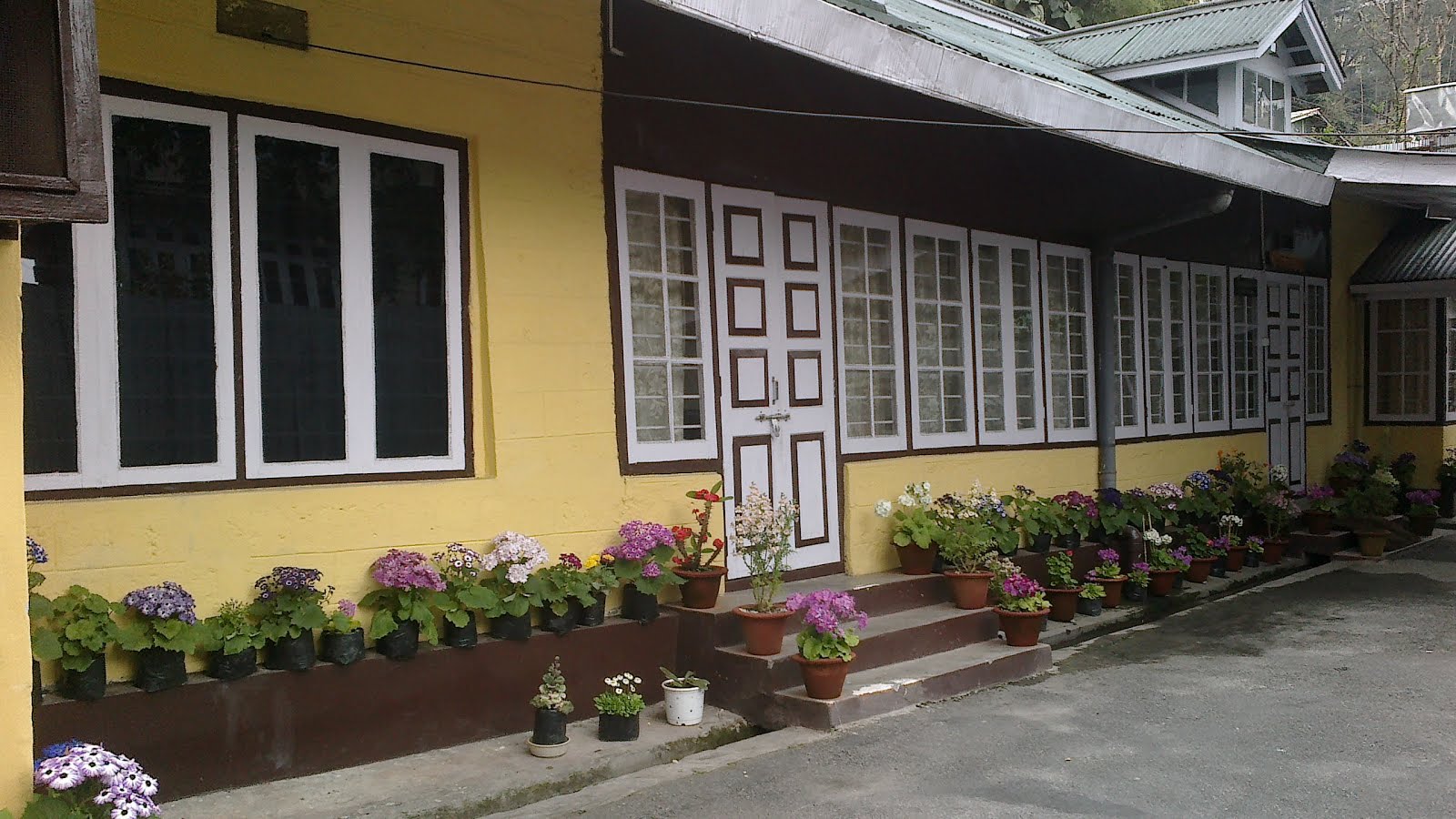







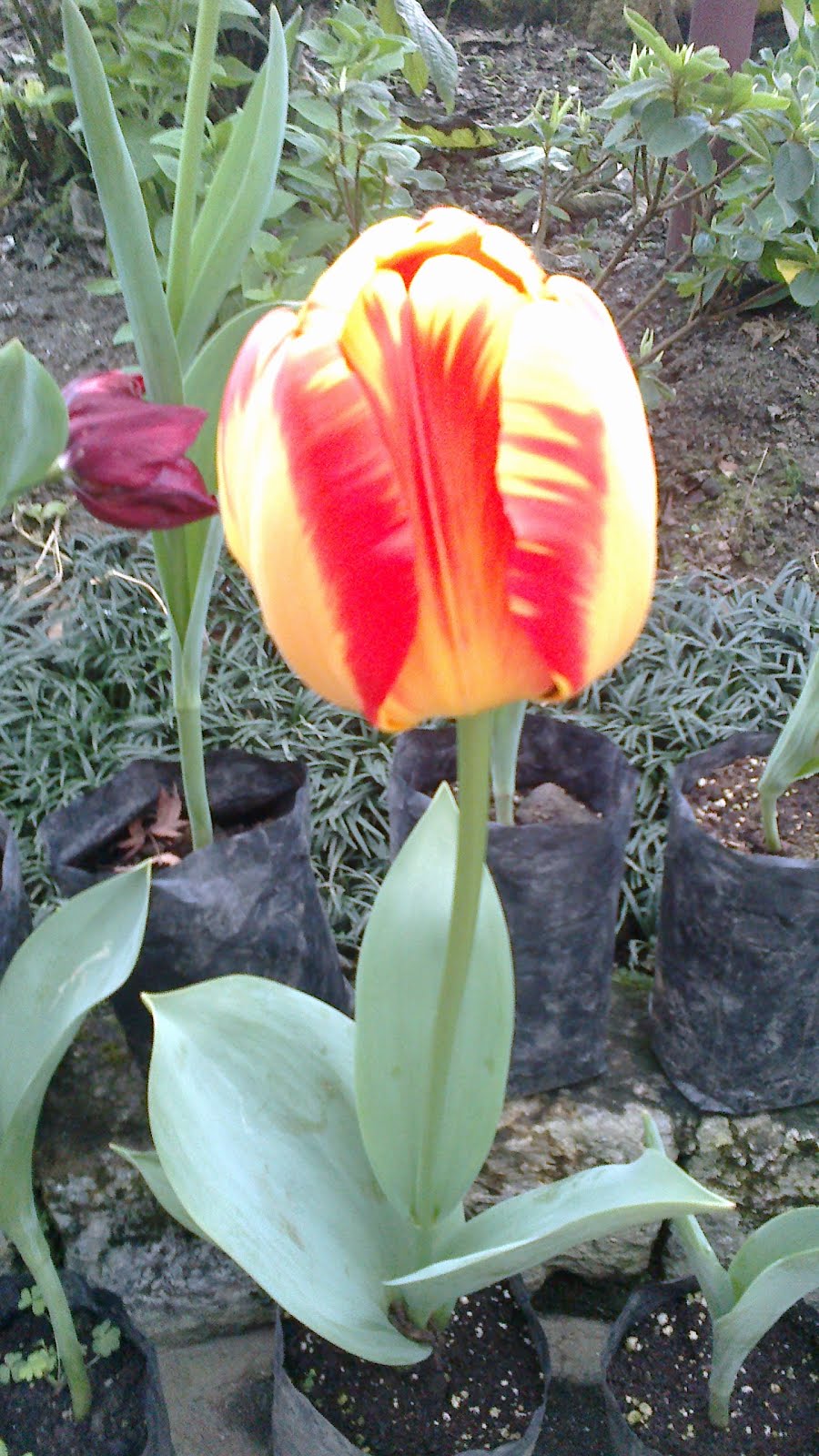
















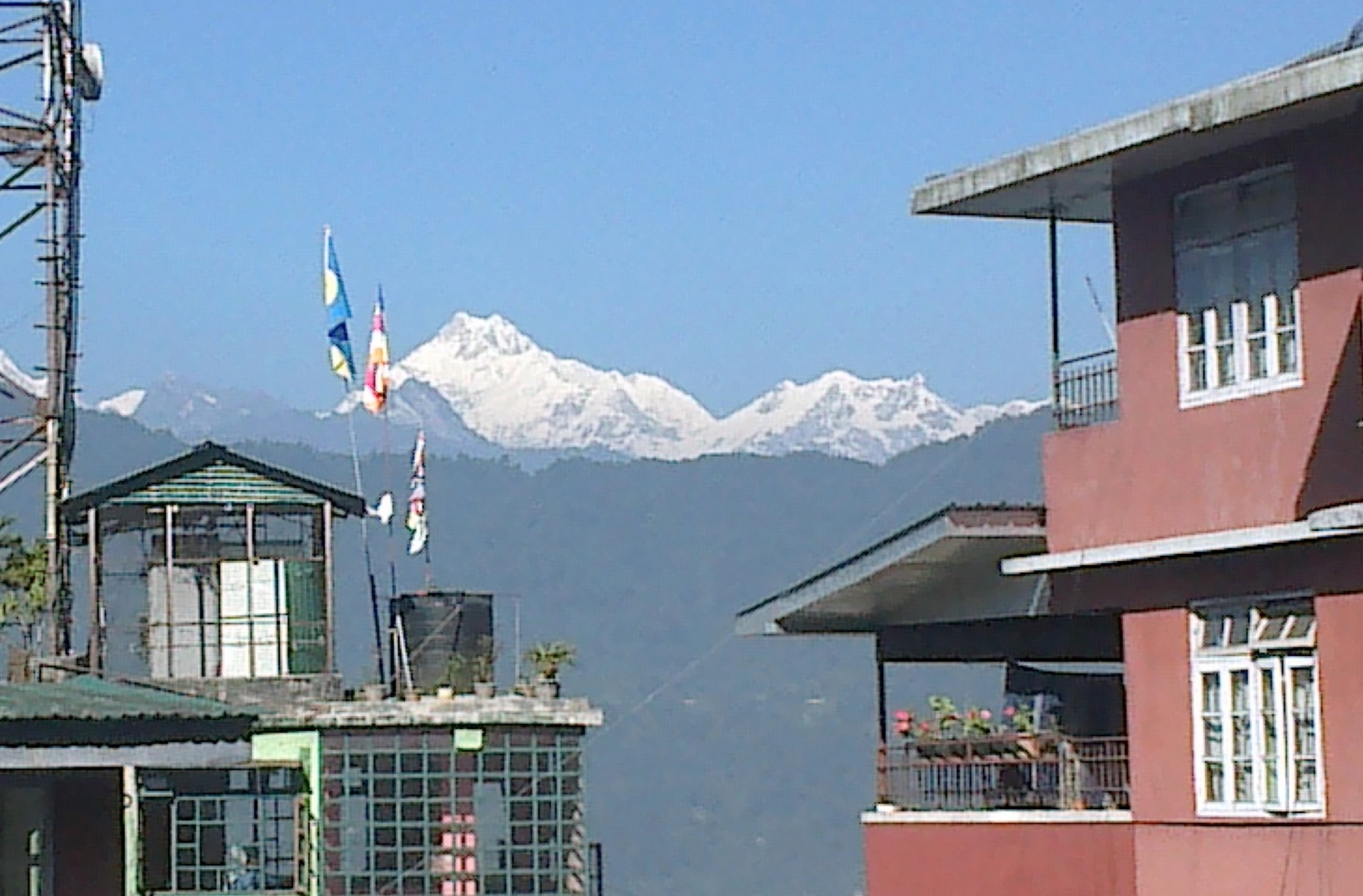






























































































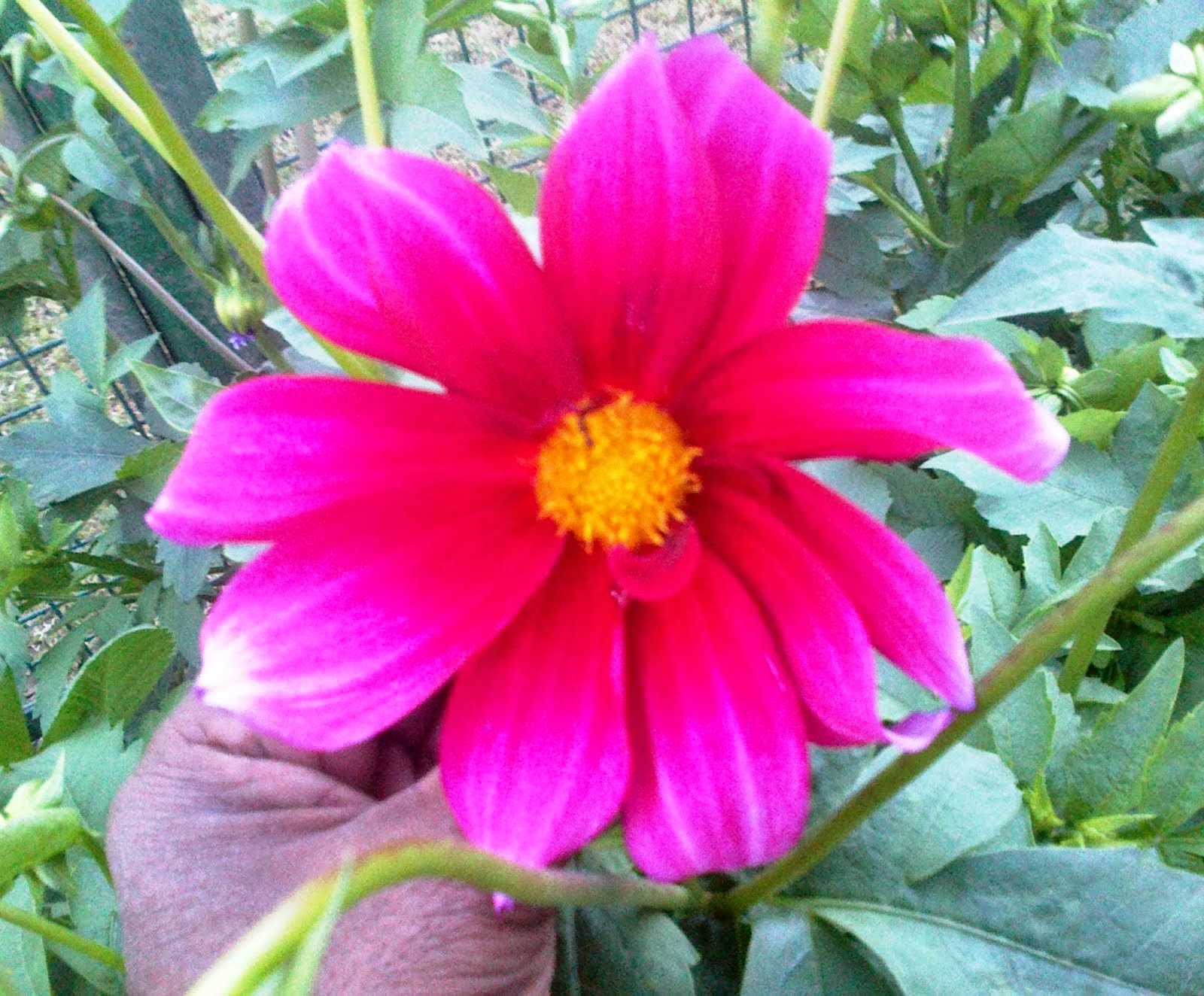



















































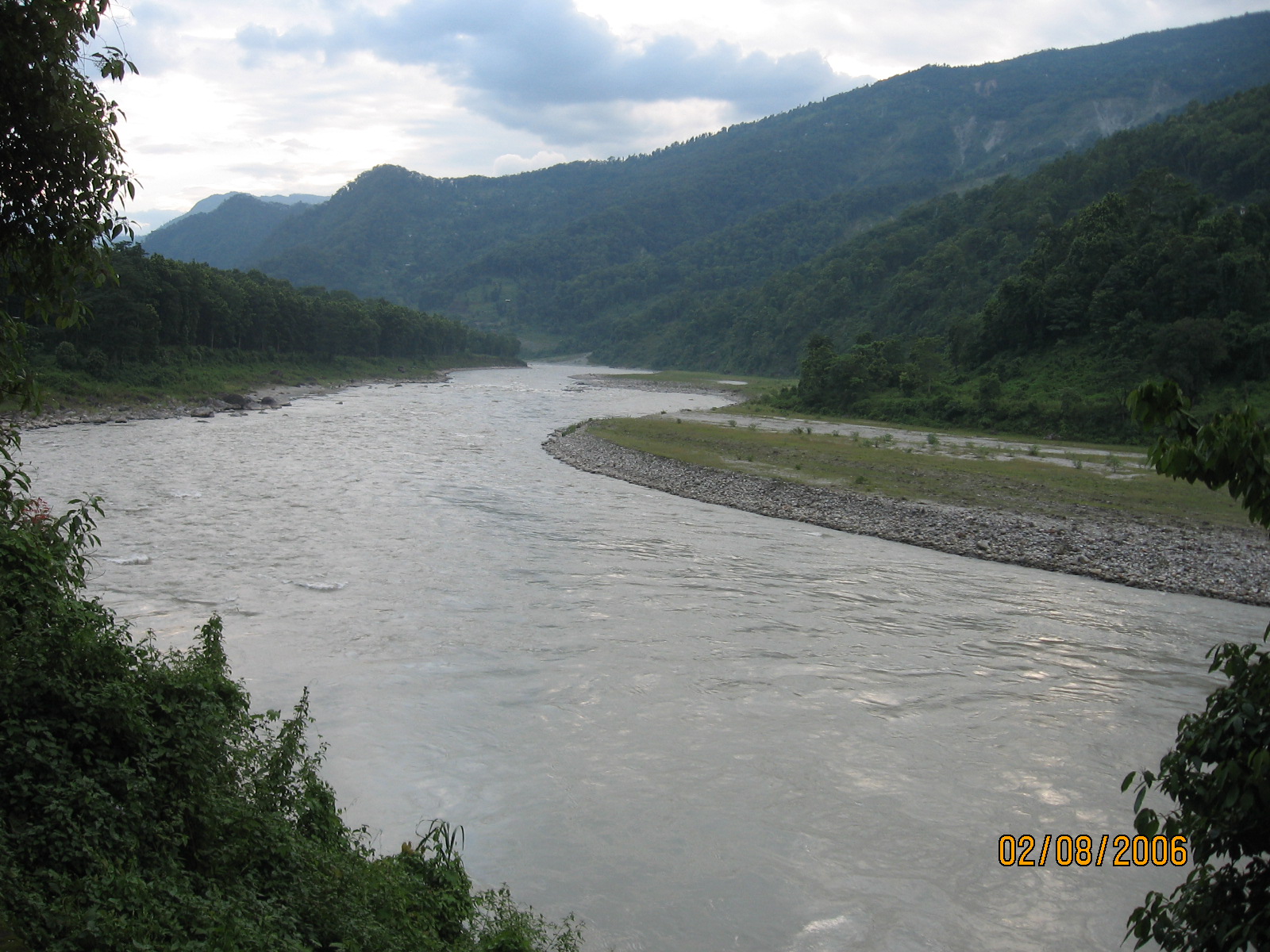

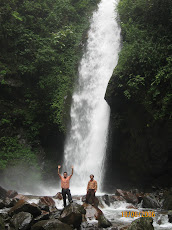
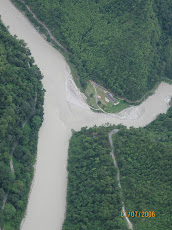
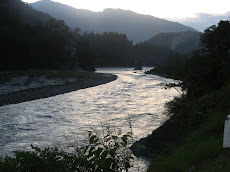
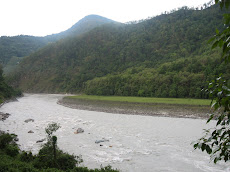
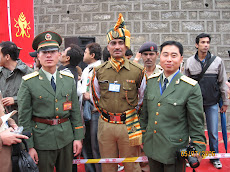
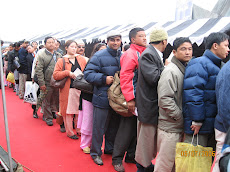
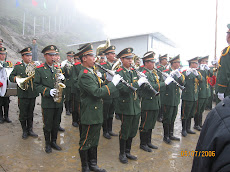


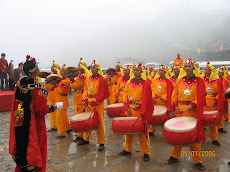
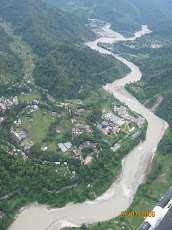




















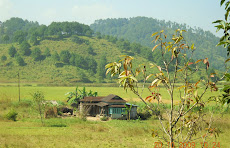
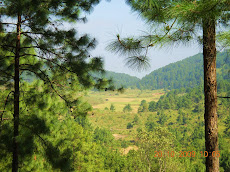








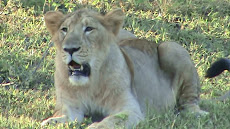.jpg)







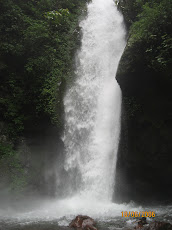
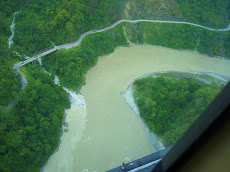


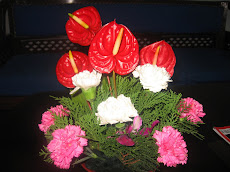





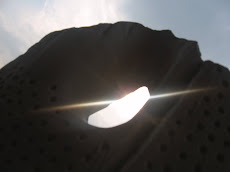
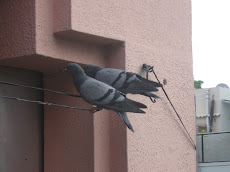
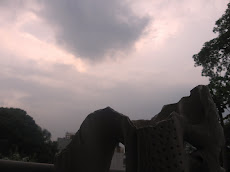
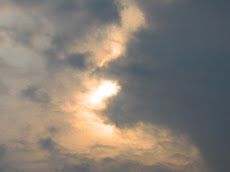
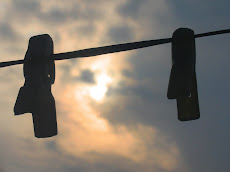
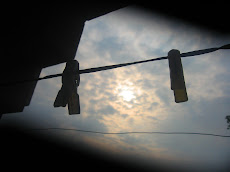

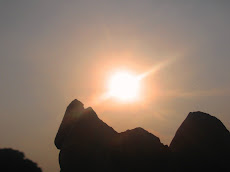
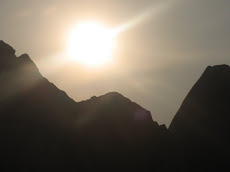
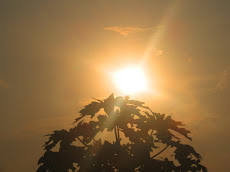


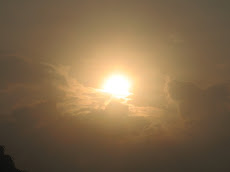

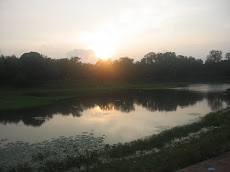
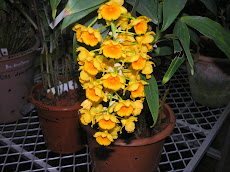
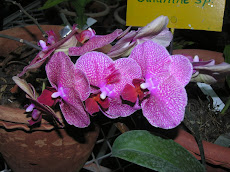

























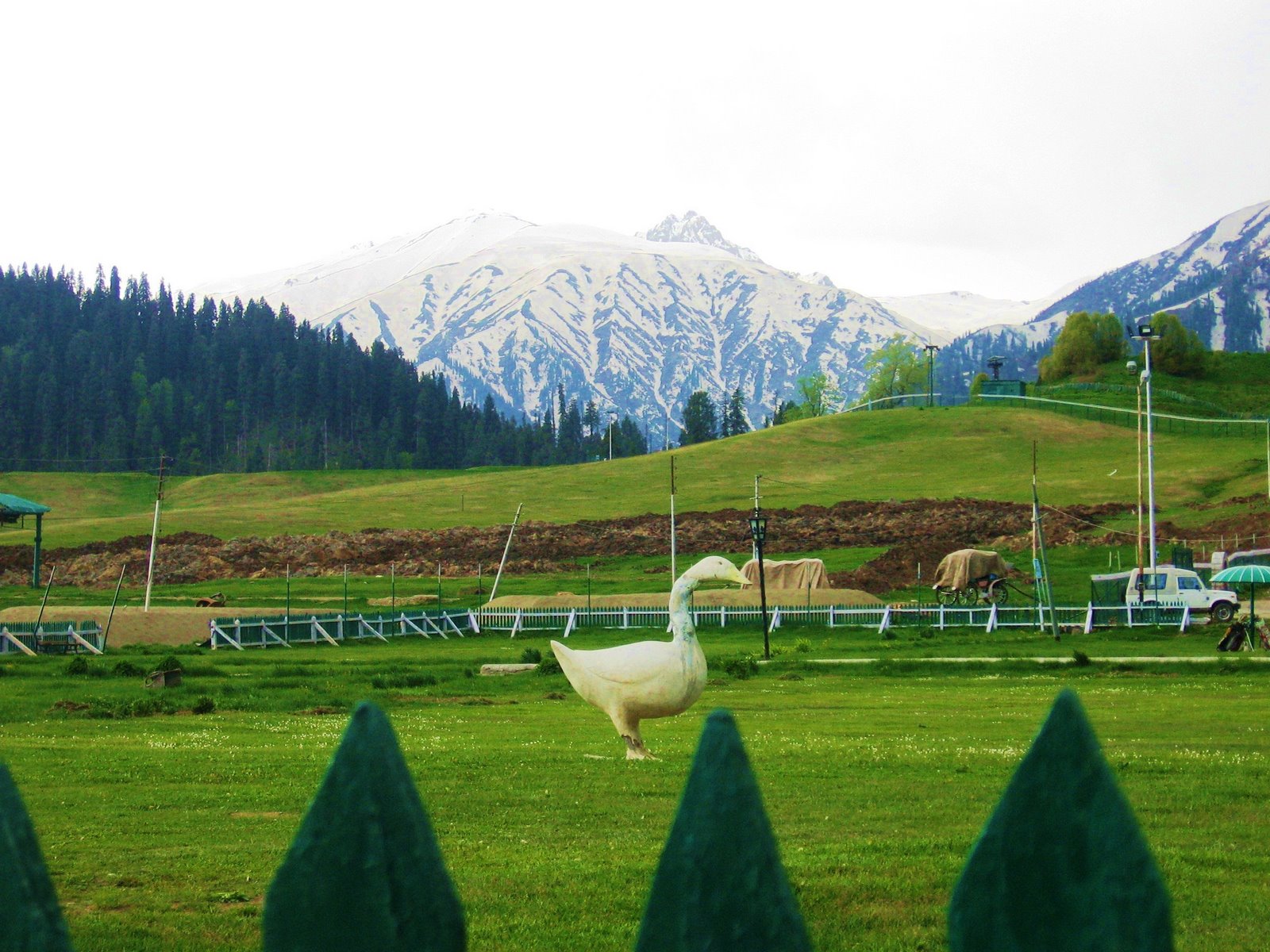
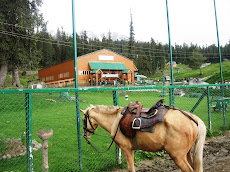
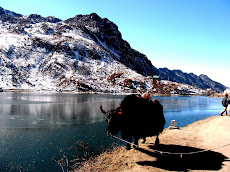






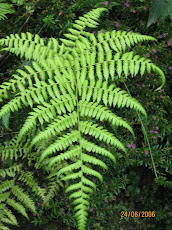

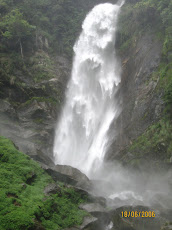



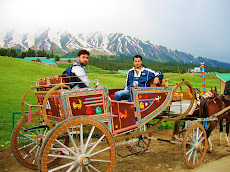






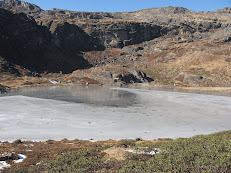

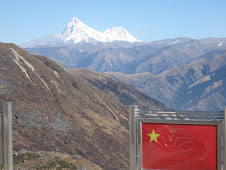



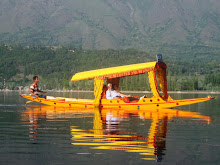
No comments:
Post a Comment